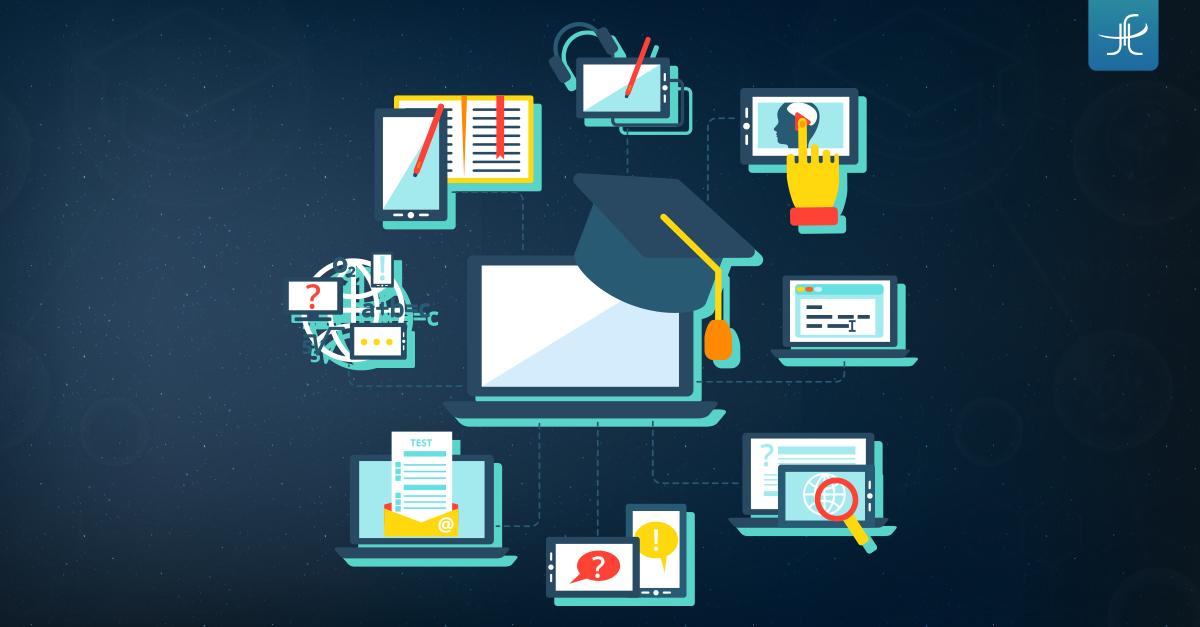The Future of Educational Gamification: How Game-Based Learning Is Revolutionizing Education
discover how the future of educational gamification and game-based learning is transforming the classroom. Explore key benefits, real-world case studies, and practical tips on integrating gamified learning to create engaging educational experiences for students of all ages.
The Future of Educational Gamification: How Game-Based Learning Is Revolutionizing Education
Educational gamification is rapidly reshaping the classroom, making learning more interactive, engaging, and effective. Discover how game-based learning is leading this revolution in education.
Introduction
The landscape of education has evolved dramatically over the past decade, fueled by technological advancements and a deeper understanding of how students learn best. At the forefront of this conversion is educational gamification, which integrates game mechanics into learning environments. The result? Students are not only absorbing facts, but they’re also motivated, challenged, and actively participating in their own education.In this article, we’ll explore how game-based learning is revolutionizing education, look at real-world examples, highlight the key benefits, and provide practical tips for integrating gamification into any educational setting.
What Is Educational Gamification?
Educational gamification refers to the request of typical elements of game playing—such as point scoring,leaderboards,badges,and competition—into traditional educational contexts. Meanwhile, game-based learning goes a step further, using real games (digital or physical) designed specifically for skill and knowledge advancement.
- Gamification = Applying game mechanics to existing content or activities.
- Game-Based Learning (GBL) = Learning through actual gameplay centered around educational objectives.
Both approaches aim to boost student engagement,foster a love for learning,and improve educational outcomes.
The Benefits of Game-Based Learning in Education
The rise of game-based learning isn’t just a passing trend—it’s backed by research and real-world success. Here are some of the most notable benefits:
- Increased Engagement and Motivation: Interactive game mechanics keep students interested and eager to progress.
- Active Learning: Students learn by doing,solving problems,and making choices,which enhances retention.
- Immediate Feedback: Games provide instant responses to student actions, allowing for self-assessment and quick course correction.
- Collaboration and Healthy Competition: Multiplayer games encourage teamwork,dialog,and kind rivalry.
- personalized Learning Paths: Adaptive learning games can tailor challenges to each student’s skill level and pace.
- Safe Space for Experimentation: Virtual environments let students explore and make mistakes without real-world consequences.
Classroom studies have shown that educational gamification can improve concentration,memory retention,and even standardized test performance.
Innovative trends: The Future of Educational Gamification
As educational technology advances, so do the possibilities for gamified learning. Here’s how the future of educational gamification is shaping up:
Adaptive game-Based Learning:
AI-powered platforms personalize content, making learning more effective and enjoyable for every student.
immersive Experiences:
Virtual Reality (VR) and Augmented Reality (AR) bring subjects like science or history to life, letting students ‘step into’ lessons.
Cross-Curricular Games:
Modern games blend multiple subjects, helping students make connections across math, science, language, and art.
Data-Driven Insights:
Real-time analytics help educators track student progress, pinpoint strengths and weaknesses, and adapt instruction.
Mobile and On-Demand Learning:
Game-based learning apps allow students to practice and learn anywhere, anytime—perfect for hybrid and flipped classroom models.
These trends point toward a classroom surroundings that’s more immersive, inclusive, and personalized than ever before.
Real-World Case Studies: Game-Based Learning Success Stories
1. Minecraft: Education Edition
Minecraft: Education Edition has been adopted by educators around the globe. Students build virtual worlds, solve mathematical puzzles, learn coding, and recreate past events. Teachers report higher engagement, improved spatial reasoning, and teamwork among students.
2. Duolingo
The popular language-learning app uses gamification—points, streaks, levels—making language acquisition accessible and addictive. Its game-based approach has helped millions stick to their language goals and achieve real fluency faster.
3. Kahoot!
This quiz-based platform turns classroom assessments into competitive games. Kahoot! lets teachers assess understanding in real time and boost classroom energy through interactive challenges.
4. Classcraft
Classcraft transforms classroom management and social-emotional learning into an ongoing adventure, where students collaboratively earn rewards by demonstrating positive behaviors and academic accomplishments.
Practical Tips for Integrating gamification in the Classroom
Ready to harness the power of game-based learning in your educational setting? Here are some practical strategies:
- Start Simple: Use quiz platforms such as Kahoot! or Quizizz to gamify reviews and assessments.
- Reward Progress: Implement point systems, digital badges, or certificates for milestones.
- Encourage Collaboration: Organize team-based challenges for peer-to-peer learning.
- Set Clear Goals: Define learning objectives and communicate how game elements support them.
- Reflect and Iterate: Gather student feedback to refine and improve your gamification strategies.
- Leverage Technology: Explore educational apps and platforms built for game-based learning—many offer free trials!
Remember, the goal is to enhance—not replace—meaningful instruction with engaging game mechanics.
Firsthand Experiences: Educator Testimonials
“Sence introducing game-based learning in my middle school classroom, student participation has skyrocketed. Even the most reluctant learners now look forward to class. Kahoot quizzes and Minecraft science projects have transformed my teaching experience.”
– Sarah T.,Science Teacher,Texas
“Using Duolingo in our ESL program not only improved language skills, but also fostered a sense of community and competition that motivated students to keep advancing.”
– Ahmed R., ESL Coordinator, London
Conclusion: The Game-Changing Power of Educational Gamification
The future of educational gamification is bright. As game-based learning technologies become more elegant, educators are empowered to create learning experiences that are interactive, impactful, and relevant. By making lessons irresistible, memorable, and fun, gamification is breaking down barriers, bridging gaps, and ensuring every student has the chance to thrive. Now is the perfect time for schools and educators to embrace the revolution in education—and unlock the full potential of every learner.

